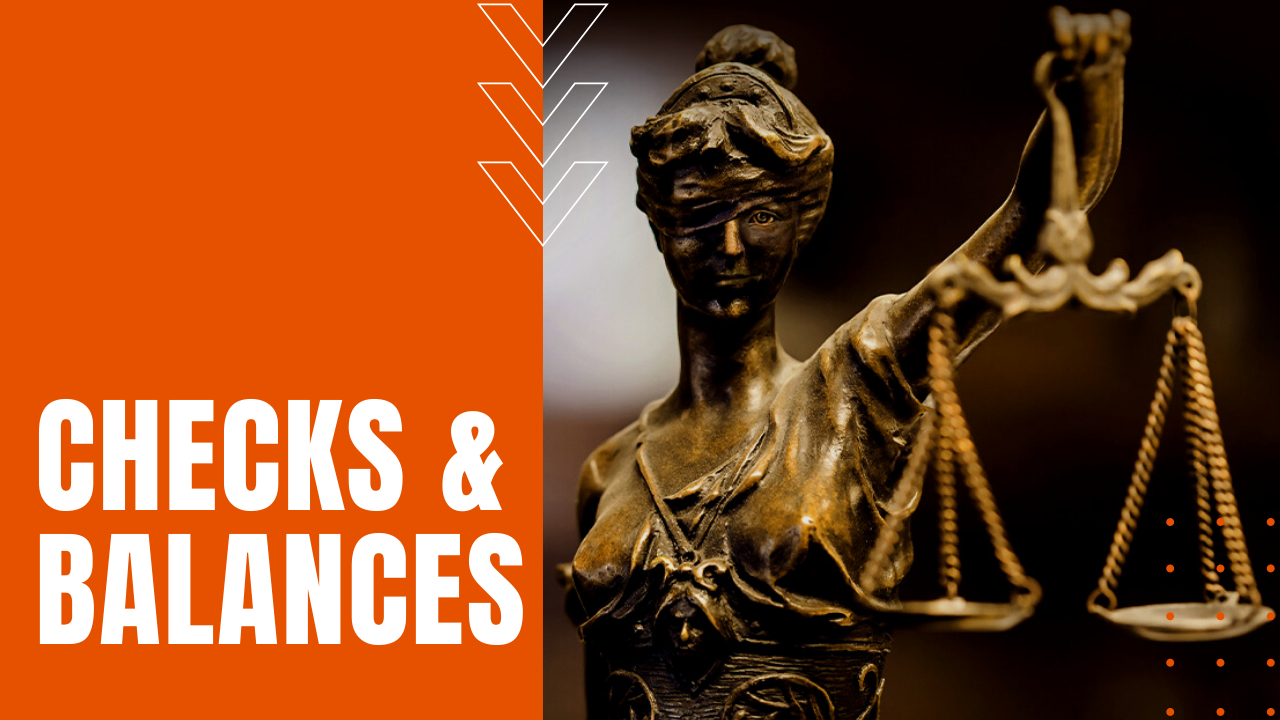Checks and Balances: Division and Oversight of Governmental Power

What is Checks and Balances?
Building on the ideas of Ancient Greek statesman Polybius, Enlightenment thinkers Baron de Montesquieu, John Locke and 18th century British jurist William Blackstone, the framers of the U.S. Constitution divided both powers and responsibilities of the new federal government amongst three separate branches, known collectively as legislative, executive and judicial branches of governance.
James Madison wrote in the Federalist Papers:
“If men were angels, no government would be necessary. In framing a government which is to be administered by men over men, the great difficulty is this: You must first enable the government to control the governed; and in the next place, oblige it to control itself.”
James Madison
What is the System of Checks and Balances?
Known as checks and balances, the founding fathers injected numerous combinations into the U.S. Constitution, including the president or head of the executive branch who serves as commander-in-chief of all American armed forces, while at the same time, Congress or the legislative branch appropriates all funding for the military, as well as maintaining sole voting power to declare war or ratify peace treaties.
Within the legislative branch, each house of Congress checks any possible overreach by the other, requiring both the House of Representatives and the Senate to pass a bill in the same form before it becomes passed into law, and while the president has the power to veto specific pieces of legislation sent to him by the legislative branch, Congress can override the president by a two-thirds majority vote, so long as both houses vote for the same outcome.
In an effort to check both the executive and legislative branches from unequal or unilateral power, the judicial branch—made up of the Supreme Court and other federal courts—can declare laws or presidential actions unconstitutional, while Congress, by passing amendments to the Constitution, can effectively overturn the decisions by the judicial branch.
The president, in turn, can reshape the conservative or liberal leanings of the judicial branch—particularly the Supreme Court—by appointing judges closest to the president’s political leaning when a chief justice resigns or passes away in while still in office, making the system of checks and balances, one of the most fundamental underpinnings of American democracy.
